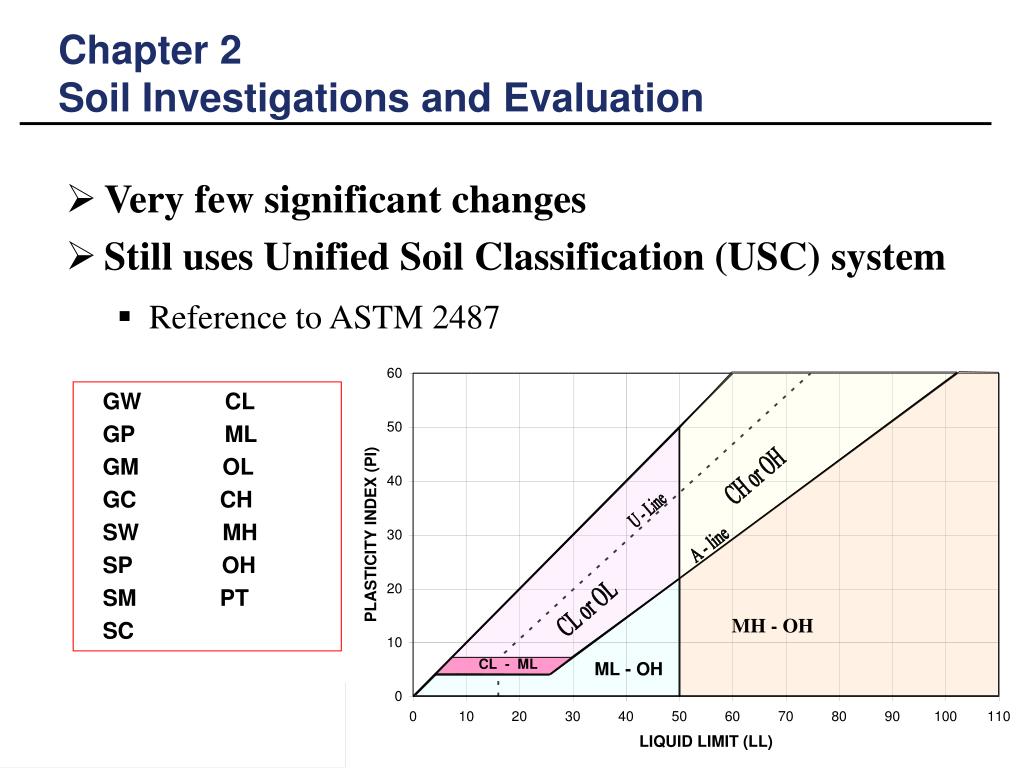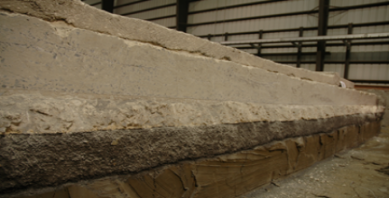

- FAA PAVEMENT DESIGN SOFTWARE FULL
- FAA PAVEMENT DESIGN SOFTWARE SOFTWARE
- FAA PAVEMENT DESIGN SOFTWARE DOWNLOAD
- FAA PAVEMENT DESIGN SOFTWARE WINDOWS
Refer to the AustStab guideline on common stabilisation definitions (AustStab, 1996). This guideline does not apply to roads where the design traffic exceeds 10 6 DESAs or when the stabilised layer becomes a subbase. Figure 2 Typical configurations in rural roads without kerb and gutter. (b) Up to 30% of the subgrade could be used to stabilise a thin existing road. Wearing surface Wearing surface Stabilised base Granular subbase Stabilised base (incorporating some subgrade material) (a) Both base and subbase materials are used to stabilise the road. Figure 1 Typical configurations in urban streets with kerb and gutter. When the existing road has less than the required pavement material, up to 30% of the subgrade material has been used in projects to get sufficient mixing depth and strength. Figures 1 and 2 show the typical configurations of insitu stabilised base layers of local roads. For more information about Australian cementitious binders refer to the AustStab guideline titled Australian binders used for road stabilisation (AustStab, 2006). All cementitious binders may be used with these design tables. The thickness of the stabilised layer is based on experience from a range of local government practices in Australia and includes the material mix design procedure. 1 Introduction The purpose of this guideline is to provide the design thickness of stabilised local roads using an empirical approach. Since the information provided is intended for general guidance only and in no way replaces the services of professionals on particular projects, no legal liability can be accepted by the Association for its use.

This guideline document is distributed by the association for that purpose.

FAA PAVEMENT DESIGN SOFTWARE DOWNLOAD
To download the previous version FAARFIELD 1.42, use the following link: FAARFIELD 1.1 National AustStab Guidelines Pavement design guide for a cement stabilised base layer for light traffic The Association is a non-profit organisation sponsored by organisations involved in the stabilisation and road recycling industry in Australia whose purpose is to provide information on the use and practice of pavement stabilisation. Brill, FAA Airport Technology R&D Branch, ANG-E262.įAARFIELD 2.0 replaces all previous versions of FAARFIELD. Point of contact: For questions, comments or further information concerning this program, please contact Dr.Please follow installation instructions in the readme file.
FAA PAVEMENT DESIGN SOFTWARE WINDOWS
FAA PAVEMENT DESIGN SOFTWARE FULL
FAARFIELD 2.0 incorporates full 3D finite element responses to aircraft loads (for new rigid pavements and rigid overlays). FAARFIELD stands for FAA Rigid and Flexible Iterative Elastic Layered Design.

Ability to work with multiple jobs/sections at once.New graphical vehicle editor provides the ability to add, save and edit user-defined vehicles.Support for the new ICAO ACR-PCR system.A new 3D finite element computational library, FAASR3D (FAA Structural Response – 3D), written in Visual Basic.NET TM.A completely redesigned graphical user interface (GUI) with improved screen flow and explorer-based navigation.
FAA PAVEMENT DESIGN SOFTWARE SOFTWARE
CC2 Test Items (Main Experiment) DatabaseįAARFIELD 2.0 is the FAA’s standard software for airport pavement thickness design and evaluation (AC 150/5320-6G, Airport Pavement Design and Evaluation) and pavement strength reporting using the ACR/PCR method (AC 150/5335-6D, Standardized Method of Reporting Pavement Strength – PCR).Pavement Materials Laboratory Capabilities.National Airport Pavement & Materials Research Center.National Airport Pavement Test Facility.


 0 kommentar(er)
0 kommentar(er)
